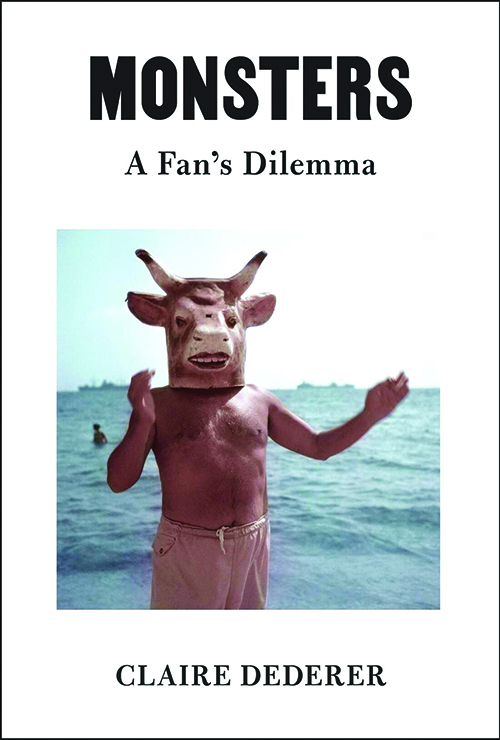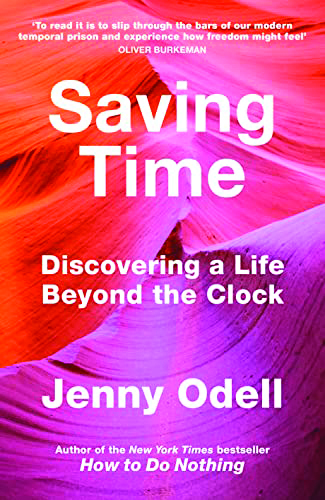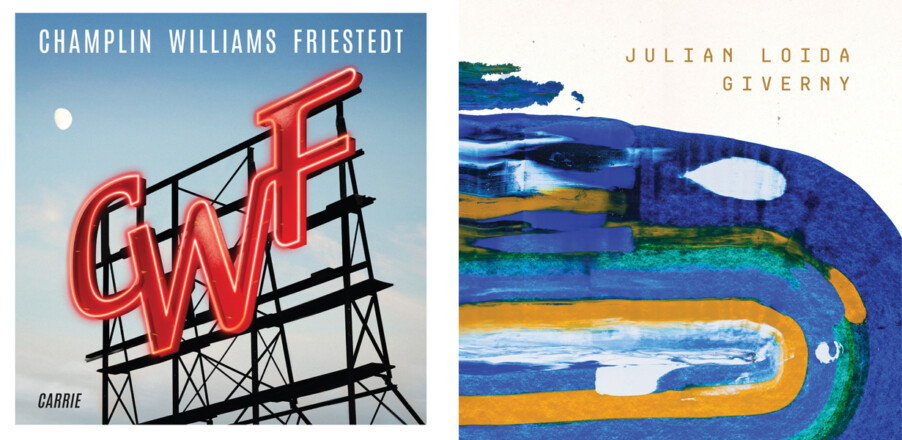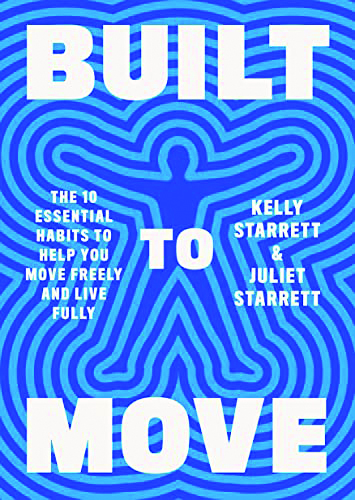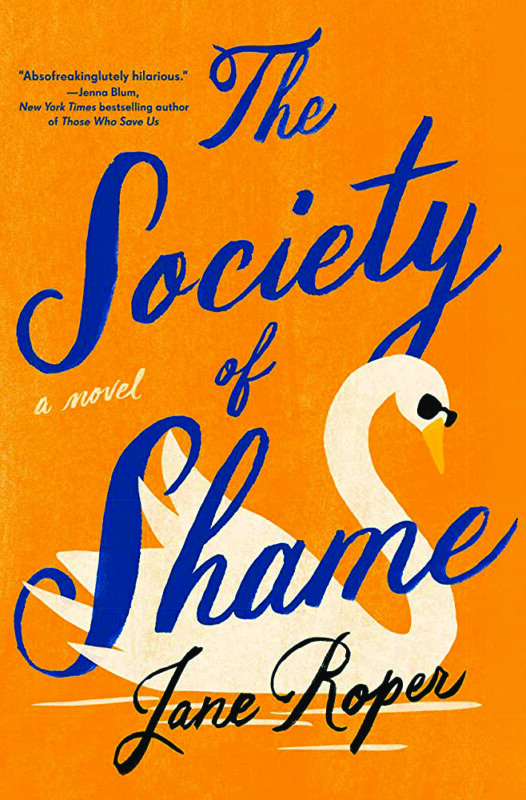All the Beauty in the World, by Patrick Bringley (Simon & Schuster, 226 pages)
When Patrick Bringley’s older brother died after a lingering illness, his life was upended at age 25 and so he did the only thing that made sense at the time: He applied to be a guard at the Metropolitan Museum of Art in New York, that hallowed institution most people simply call “The Met.”
Like a lot of us, Bringley had visited the museum as a child and had memories of being gobsmacked by a couple of exhibitions even at age 11. Looking at a Pieter Bruegel painting from 1565, he writes, “I experienced the great beauty of the picture even as I had no idea what to do with that beauty. … As such, my response to the picture was trapped inside me, a bird fluttering in my chest.”
The opportunity to be a guard was both employment and healing, though he didn’t realize it at the time. Bringley’s brother, Tom, was two years older and a math genius who was, at the time he was stricken with cancer, studying for a Ph.D. in biomathematics (which I’d never heard of, but which is exactly what it sounds like: the use of mathematical models to understand biology). Newly wed, he’d been philosophical about his fate and rapid deterioration. (“Everybody suffers, my time. Everybody dies, my time.”) But the loss of such an extraordinary person, and the time caring for Tom for before he died, hit the family especially hard. Art of all kinds was one way they coped — reading Dickens, tacking a Raphael print above Tom’s hospital bed.
After Tom’s death, Bringley and his mother took their grief to the Philadelphia Museum of Art, where his mother lost herself in a painting of Mary supporting the dead body of Jesus, a cathartic experience. “She cupped her face and her shoulders shook, and when I met her eyes, I saw she wept because her heart was full as well as breaking, because the picture inspired love in her, bringing both solace and pain. When we adore, we apprehend beauty. When we lament, we see the wisdom of the ancient adage ‘Life is suffering.’”
It was on his way back home to New York that he conceived of quitting a dream entry-level job he held at The New Yorker, where he hobnobbed with people like Stephen King and Michael Chabon, in order to stand as a sentry at the Met, which in many ways was not a dream job. (It’s so hard on the feet that the guards are given extra compensation to buy socks, and you have to work there more than a year to get a week’s vacation, the timing of which is assigned by seniority.) But working at the museum expanded his horizons in ways working penny-ante tasks for the magazine for four years had not. It connected him with the ages, and with beauty, and gave him an education as fine as — or finer than — any Ivy League school.
Bringley becomes an authority on the various pieces of art in the corridors he patrols, as well as the minutiae of what the museum contains. (He takes to counting, for example, the number of inhabitants in the paintings in any particular hall — “I will count 210 Jesuses in Section B” — and says, “If you’re wondering how I could possibly count all that, you underestimate the kind of time I have.”
In conversations with visitors to the museum, and with his coworkers, he brings us fully into the job with him, letting us see through the eyes of first-time and regular visitors the effect that the ancient art has on them. All the while, he himself is healing, not only from his brother’s death but from the stifling job and career trajectory that he had escaped. A remark from a co-worker one day is telling: “You know, it really isn’t such a bad job,” Brimley’s colleague says. “Your feet hurt, but nothing else does.”
One of the gifts of All the Beauty in the World is that you don’t need to know anything about the Met, or even about art, to enjoy the book. The best memoirs don’t just chronicle the author’s experiences; they also bring value to ours. Bringley provides an easily digestible education of some of the Met’s greatest pieces, and the museum itself, and rough illustrations show the outlines of the art. As such, this is a great book for anyone planning a visit to the museum.
But it also opens a window into why art matters, and Bringley’s account can kindle, or rekindle, an interest gone dormant. His reflections on grief will be especially poignant to anyone who has recently experienced a loss, as will his slow path to recovery.
The book spans roughly a decade, during which time Bringley marries and becomes a father, an experience he compares to the “Virgin and Child” paintings of the masters. (“How composed the Child always looks! How serene the holy parent! By contrast, the animal squirming in my arms is lusty, rude, ridiculous.”) His experience of fatherhood is a hopeful one, analogous to life: “goodness subsuming the struggles.”
He ends with some advice for the Met goer: “Come in the morning, if you can, when the museum is quietest, and at first say nothing to anyone, not even a guard. … Find out what you love in the Met, what you learn from, and what you can use as fuel, and venture back into the world carrying something with you, something that doesn’t quite easily fit in your mind, that weighs on you as you go forward and changes you a little bit.” Wise counsel from a short but memorable book. A




